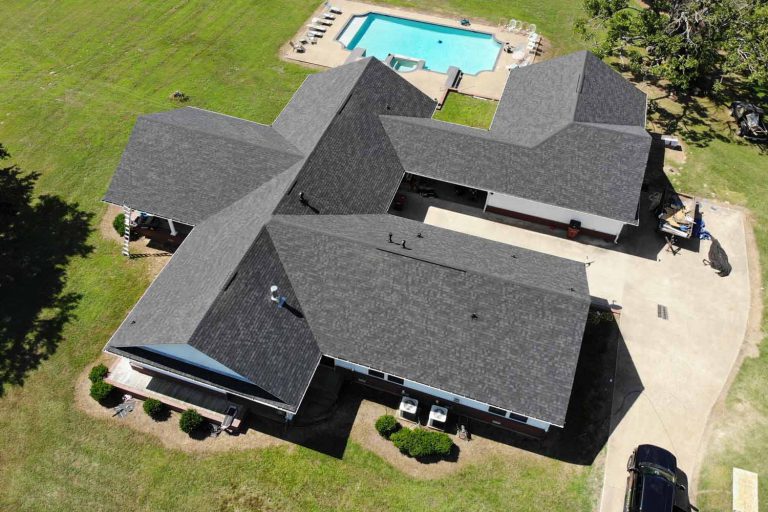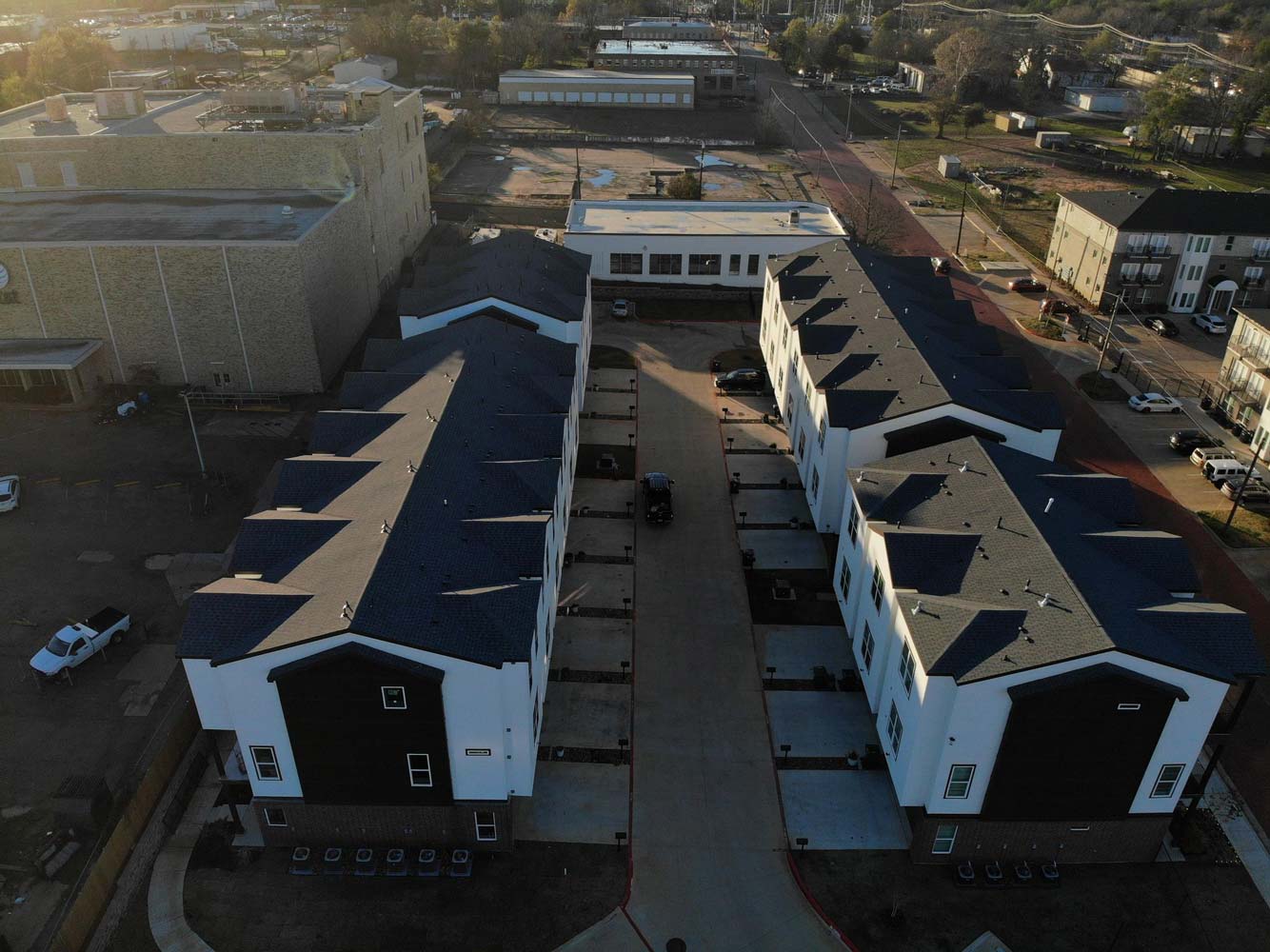
How the Humid Heat of Hot Texas Summers Can Impact Your Roof
October 7, 2024
Call us today!
13739 State Hwy 155, Tyler, TX 75703

Roof Installation
Homeowners in Texas are all too familiar with the high and humid temperatures during the sweltering summer months. When our days are hot and sunny, it can be harmful to your roof.
One of the most significant ways summer heat results in stress on our roofs is through expansion and contraction. An increase in rooftop temperature causes the expansion of roofing materials—whether they are shingles, tiles, metals, or any other form—and a decrease in the rooftop temperature can cause the contraction of that material.
As a result, roofing materials can be subjected to short‑term stresses during continual expansion and compression and eventually become damaged.
For example, asphalt shingles are commonly used for our homes here in Texas, but they can crack from repeated expansion and contraction due to sun and heat exposure. Similarly, metal roofs can warp or buckle if the amount of thermal expansion is large enough, which can create gaps in the roofing system or cause the roofing pieces to get out of kilter and fail to protect the structure below.
Over time, the sun’s UV rays can damage the materials in your shingles or metal roof. This can lead to early roof failure and ultimately, the need for a new roof replacement. For instance, standard asphalt shingles contain tiny granules of minerals such as zinc. These granules reflect and scatter the sun’s ultraviolet rays away from the shingles. Eventually, due to close proximity to the sun, the granules fall apart. Most materials that make up an asphalt shingle, when exposed to direct sunlight, begin to dry and then crack.
Other roofing materials, such as rubber or synthetic membranes, can be destroyed by UV rays. These harmful rays can make the material less flexible and prone to tearing and breaks, which can lead to leaks and other problems.
Roofs absorb and retain heat from the sun and its light, which, as we all know, brings high temperatures to the inside of the house. For example, on a particular day when the sunlight was very bright and the air temperature was 45 degrees, roofs that were dark in color would absorb more heat and raise the indoor temperature, thus causing the air conditioner users to consume more energy.
Additionally, the absorbed heat can contribute to the aging of roofing materials. Prolonged exposure to heat can weaken those materials and speed up wear, leading to cracking, peeling, or warping.
In the hot summers of Texas, roofing materials and the insulation beneath them are affected by heat waves. Good insulation prevents indoor temperature fluctuation, saving energy, but it can lose its effectiveness if heat compromises its consistency.
The effects of summer heat can be lessened by implementing several proactive measures well in advance by homeowners:

